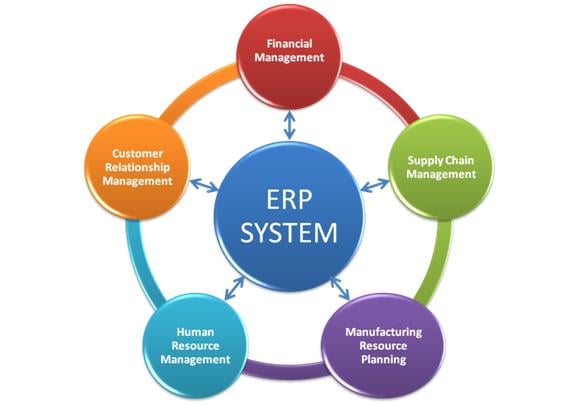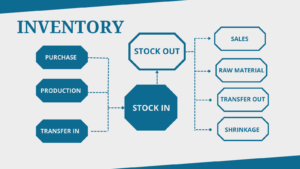Implementing an Enterprise Resource Planning (ERP) system is a monumental task for any organization. It demands meticulous planning, strategic decision-making, and precise execution. In this blog, we will explore the essential steps involved in a successful ERP implementation process, helping you navigate this complex journey with greater confidence and clarity.
1. Project Initiation and Goal Setting
The first step in any ERP implementation is setting clear, achievable goals. This involves defining what you hope to accomplish with your ERP system — whether it’s improving operational efficiency, streamlining financial operations, or enhancing customer service. Stakeholder alignment is crucial at this stage, ensuring that all key players are on board and understand the project’s objectives.
2. Requirements Gathering
This step is about understanding and documenting the specific needs of your business. It involves detailed discussions with stakeholders from different departments to map out required functionalities, processes to be automated, and outcomes to be achieved. The accuracy of this step is vital, as it shapes the configuration of the ERP system to your business’s unique needs.
3. ERP Selection
Choosing the right ERP software is critical. It involves evaluating various ERP solutions to find one that best fits your business requirements, budget, and future growth plans. Consider factors like scalability, compatibility with existing systems, vendor support, and total cost of ownership.
4. Project Planning
This phase involves creating a comprehensive project plan that outlines the project scope, timeline, budget, resources, and risk management strategies. It’s essential to establish a realistic timeline and allocate resources efficiently to maintain project momentum and avoid overruns.
5. System Design and Customization
At this stage, the ERP system is designed to align with your business processes. This may involve customizing the software to meet specific business needs. It’s crucial to balance customization with the system’s standard functionality to avoid excessive modification that could complicate future updates.
6. Data Migration
Data migration is one of the most challenging aspects of ERP implementation. It involves moving existing data into the new system, which often requires data cleaning and mapping to ensure data integrity and accuracy. A well-planned migration strategy minimizes the risk of data loss and errors.
7. System Testing
Before going live, it’s critical to thoroughly test the ERP system to ensure it functions as expected. Testing should cover all functionalities, including integration with other systems, to identify and fix any issues before they affect business operations.
8. Training and Change Management
Effective training and change management are essential for successful ERP implementation. This step involves preparing your team for the transition through comprehensive training sessions and support. Focus on demonstrating the benefits of the new system to enhance user adoption.
9. Go-Live
The go-live phase is the culmination of your ERP implementation process. It’s crucial to have support in place to handle any immediate issues that arise. This phase often includes a final data migration and the switch from the old system to the new ERP system.
10. Post-Implementation Review and Support
After going live, continuous monitoring and support are necessary to address any issues and ensure the system is running smoothly. Evaluate the system’s performance against the set goals and make adjustments as needed. Regular updates and training should also be part of your long-term strategy to maximize your ERP investment.
Conclusion
ERP implementation is a complex, yet rewarding endeavor that can significantly enhance your organizational efficiency and productivity. By following these essential steps and preparing for each phase diligently, you can ensure a smoother transition and a successful implementation that aligns with your business objectives and growth plans.













